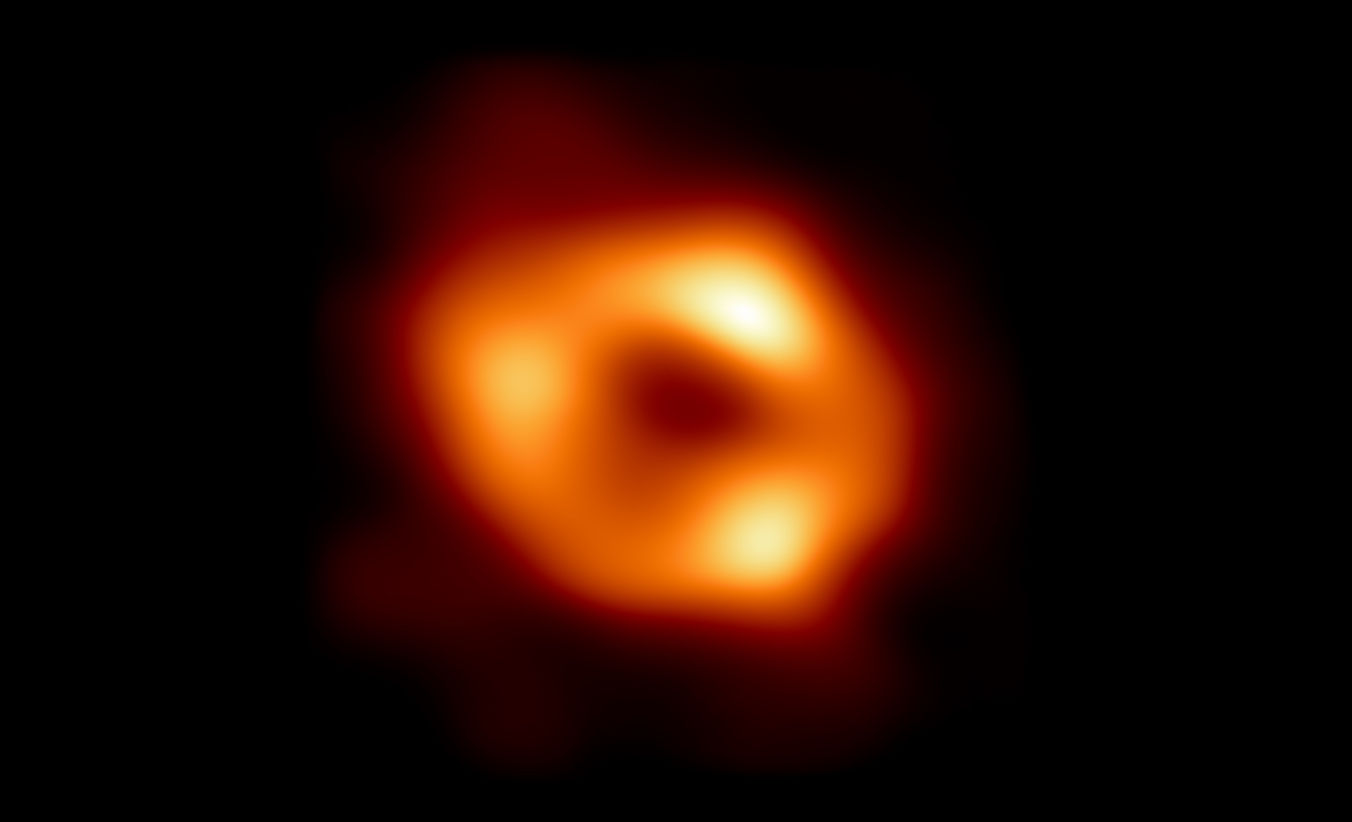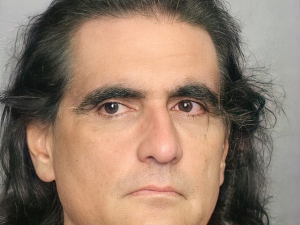Astronomers on Thursday unveiled the first image of the monster black hole at the centre of our galaxy, the Milky Way, making it the second-ever photo taken of these mysterious celestial objects.
The image of Sagittarius A*, located at the centre of the Milky Way some 26,000 light years away from the Earth, was released by astronomers from the Event Horizon Telescope (EHT) Collaboration, the same team which captured humankind’s first photo of a black hole in the M87 galaxy in 2019.
Astronomers had long observed stars orbiting something invisible in the centre of our galaxy, an object that was assumed to be a black hole: now, the image captured by EHT provides direct visual evidence of a supermassive black hole at the centre of the Milky Way.
Also read | Four astronauts from SpaceX return home with midnight splashdown
Deciphering the image of Sagittarius A*:
Being a supermassive blackhole, Sagittarius A* is a behemoth.

Weighing four million times the mass of the sun, Sagittarius A* has an emission ring of superheated gas [the orange ring surrounding the dark spot in the picture] that spans a mind-numbing 63 million kilometres, roughly equivalent to the orbit of Mercury around the sun.
The dark depression at the centre is where the actual ‘hole’, which spans an estimated 24 million kilometres, lies.
Also read | Viral: NASA’s black hole simulation ‘pulls in’ viewers
Sagittarius A* vs M87*:
While the image of Sagittarius A* may look very similar to image of M87*, the first black hole to be photographed, there are, in fact, differences between the two owing to their different physical characteristics.

One can clearly see more ‘hotspots’ in the emission ring or accretion disk of Sagittarius A*, in comparison to M87* that has a much smoother emission ring, at least visually. This difference comes down to the size difference between the two black holes: while Sagittarius A* is certainly massive, M87* is some 1,500 times the size of Sagittarius A*.
“Because Sagittarius A* is a much smaller black hole – it’s around a thousand times smaller – its ring structure changes on timescales that are a thousand times faster. It’s very dynamic. The ‘hotspots’ you see in the ring move around from day to day,” Dr Ziri Younsi from University College London told the BBC, explaining the difference.
Despite these differences, however, scientists say the the similarity between the two images hint at something profound.
Also read | Virgin Galactic delays launch of commercial spaceflight service to 2023
Implications:
Being the second black hole imaged by humankind, Sagittarius A* will not only go down in history, but also provides a more immediate basis for scientific comparison.
“We have two completely different types of galaxies and two very different black hole masses, but close to the edge of these black holes they look amazingly similar. This tells us that General Relativity governs these objects up close, and any differences we see further away must be due to differences in the material that surrounds the black holes,” said Sera Markoff, Co-Chair of the EHT Science Council, explaining what the similar images mean.
“We have images for two black holes — one at the large end [M87*] and one at the small end [Sagittarius A*] of supermassive black holes in the Universe — so we can go a lot further in testing how gravity behaves in these extreme environments than ever before,” added EHT scientist Keiichi Asada from the Institute of Astronomy and Astrophysics, Academia Sinica, Taipei.







